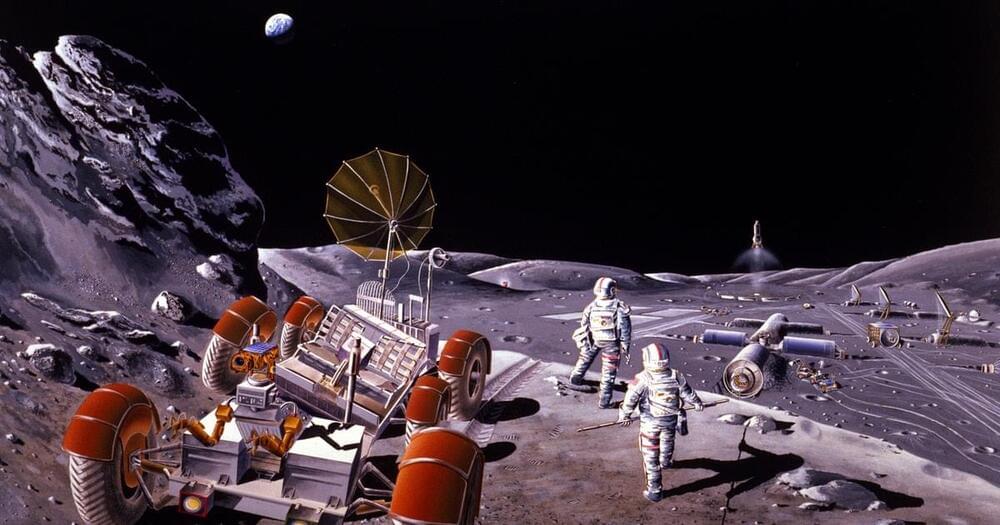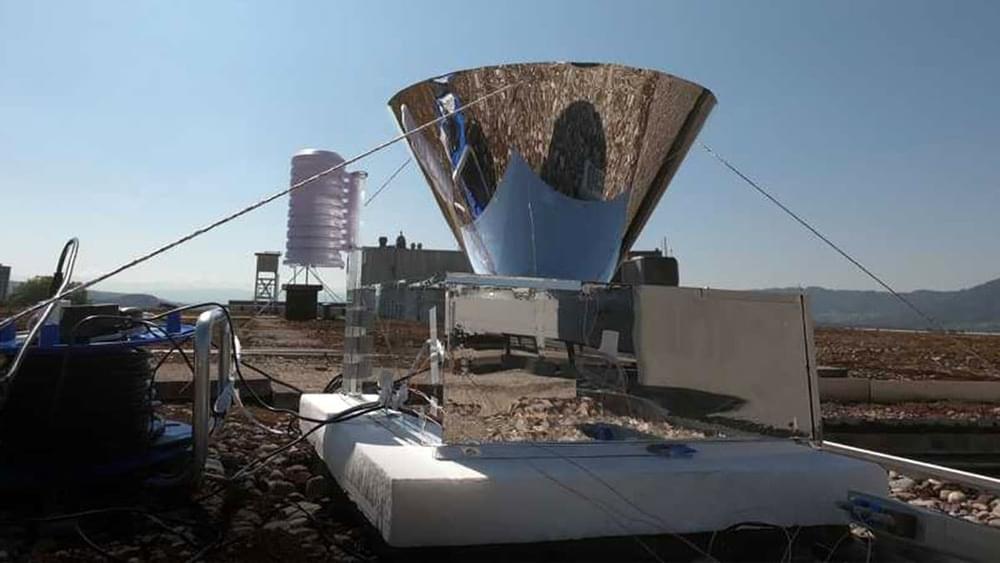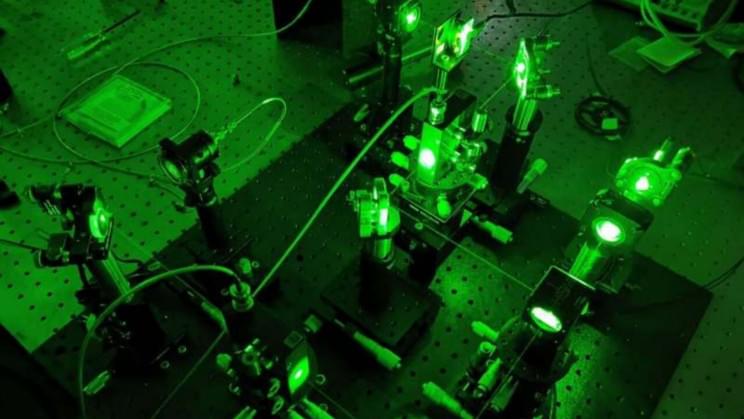Circa 2008
The tiny invertebrates, also known as tardigrades, survived in the vacuum of space for 10 days.


NASA ’s Laser Communications Relay Demonstration (LCRD) will use laser communications systems to transmit data from space to Earth. Below are six things you need to know about NASA’s revolutionary LCRD mission.
1. Laser communications will transform how NASA gets info to and from space.
Since the dawn of space exploration, NASA has used radio frequency systems to communicate with astronauts and spacecraft. However, as space missions generate and collect more data, the need for enhanced communications capabilities increases. LCRD leverages the power of laser communications, which uses infrared light rather than radio waves, to encode and transmit information to and from Earth.

Did you see the full “Beaver Moon?” Here it is, captured by photographers around the world as our satellite rose spectacularly—and from some locations was eclipsed by the Earth.
If you were in Europe it looked liked any other rising full Moon—spectacular, for sure, though nothing out of the ordinary… if you can call a glowing orbiting orb “ordinary.”
For those in North America, Australia, and eastern Asia the full Moon went a copper-reddish color at all but a slither of its surface entered Earth’s shadow in space.

Freshwater is scarce in many parts of the world. While currently there is enough fresh water on earth to support consumption, it is not available in a way where supply meets demand. To solve this issue, engineers at ETH Zurich have developed a new device that can harvest drinking water 24 hours around the clock, with no energy input, even under the blazing sun.
It consists of a specially coated glass pane, which both reflects solar radiation and also radiates away its own heat through the atmosphere to outer space. The resulting device thus cools itself down to as much as 15 degrees Celsius below the ambient temperature. At the bottom of the pane, the moisture in the air condenses into the water which is collected.
The glass pane is coated with layers of a specially designed polymer and silver, which allows it to firstly reflect sunlight away to prevent it from heating up. The coating causes the pane to emit infrared radiation at a specific wavelength window to the outer space, with no absorption by the atmosphere nor reflection back onto the pane.

Another video from Boston Dynamics.
‘Start Me Up’ taken from Tattoo You 2021: https://the-rolling-stones.lnk.to/TattooYou2021So.
Video in collaboration with Mercury Studios, Polydor Records & The Rolling Stones.
https://www.youtube.com/c/mercurystudios.
40 years ago, The Rolling Stones debuted their iconic Tattoo You album. We’re helping them celebrate.
Robot choreography by Boston Dynamics and Monica Thomas.
https://www.bostondynamics.com.
Watch an interview on the creative process: https://www.youtube.com/watch?v=oik3MCTN1pQ
#BostonDynamics #RollingStones
PBS Member Stations rely on viewers like you. To support your local station, go to: http://to.pbs.org/DonateSPACE
↓ More info below ↓
Einstein’s special theory of relativity combines space and time into one dynamic, unified entity — spacetime. But if time is connected to space, could the universe be anything but deterministic? And does that mean that the future is predestined?
Sign Up on Patreon to get access to the Space Time Discord!
https://www.patreon.com/pbsspacetime.
Check out the Space Time Merch Store.
https://pbsspacetime.com/
Sign up for the mailing list to get episode notifications and hear special announcements!
https://mailchi.mp/1a6eb8f2717d/spacetime.
Hosted by Matt O’Dowd.

With the potential to image fast-moving objects.
When asked what superpowers they would like to have, many say the ability to see through things. Now, there may be a camera that could give people that gift.
Developed by Northwestern Engineering researchers, the new high-resolution camera can see around corners and through human skin and even bones. It also has the potential to image fast-moving objects such as speeding cars or even the beating heart.
The relatively new research field is called non-line-of-sight (NLoS) imaging and comes with a level of resolution so high that it could even capture the tiniest capillaries at work.
“Our technology will usher in a new wave of imaging capabilities,” said in a statement the McCormick School of Engineering’s Florian Willomitzer, first author of the study.
“Our current sensor prototypes use visible or infrared light, but the principle is universal and could be extended to other wavelengths. For example, the same method could be applied to radio waves for space exploration or underwater acoustic imaging. It can be applied to many areas, and we have only scratched the surface.”
Full Story:
Happy birthday, ISS.
The first components of the International Space Station (ISS) were launched on November 20, 1998, roughly 12 years after the first Soviet MIR-2 module was launched and a full 25 years after Skylab.
The ISS took 10 years and more than 30 missions to assemble. It is the result of unprecedented scientific and engineering collaboration among five space agencies representing 21 countries: NASA (United States of America), Roscosmos (Russia), JAXA (Japan), CSA (Canada), and ESA (16 EU countries and the UK).
With fully-equipped laboratories and advanced life support systems powered by solar arrays, the ISS has space for up to seven crew members to live and work, conducting many kinds of research in low Earth orbit.
Let’s explore (and celebrate) one of the most impressive pieces of engineering ever created.
Full Story: